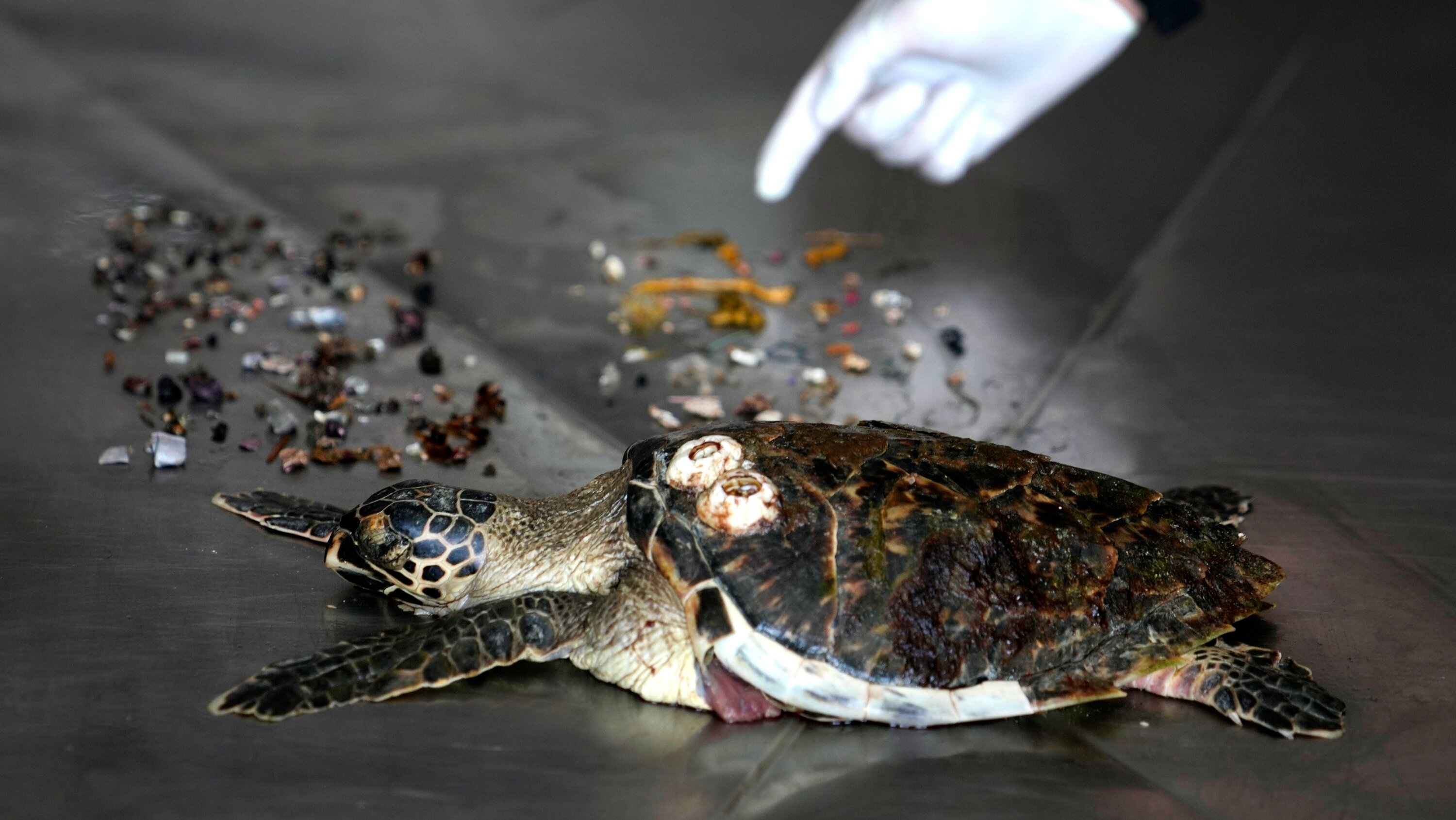Home / Environment / Plastic Peril: Researchers Uncover Alarming Ingestion Limits for Ocean Wildlife
Plastic Peril: Researchers Uncover Alarming Ingestion Limits for Ocean Wildlife
18 Nov
Summary
- Lethal plastic doses for animals: 2 baseballs for turtles, 3 sugar cubes for puffins
- Study analyzed 10,000+ autopsies of animals killed by plastic ingestion
- Nearly half of affected species are threatened, vulnerable, or endangered

On November 15th, 2025, a groundbreaking study published in the Proceedings of the National Academy of Sciences shed light on the devastating impact of plastic pollution on marine wildlife. The research team, led by marine scientist Erin Murphy, analyzed data from over 10,000 autopsies of seabirds, sea turtles, and marine mammals killed by ingesting plastic.
The findings were startling: the researchers calculated that just 2 baseballs' worth of plastic is enough to kill a sea turtle, while a mere 3 sugar cubes' worth can be fatal for a puffin. The study also revealed that nearly half of the affected species are considered threatened, vulnerable, endangered, or critically endangered.
"These lethal doses are much smaller than one might think," said Murphy. "We've long known that consuming plastics can be deadly to ocean animals, but we didn't know how much was too much."
The data, compiled from 53 global studies covering 57 seabird species, 31 marine mammals, and 7 sea turtle species, provides a sobering wake-up call about the scale of the plastic crisis facing our oceans. While the public may be aware of the general harm caused by plastic pollution, the new research quantifies the risk in a way that has not been done before.
"We shouldn't forget about large plastics and the impact that can have on marine life," said oceanography professor Kara Lavender Law. "It's all important, and it's all part of the same problem."
As the world grapples with the plastic pollution crisis, the findings of this study could prove crucial in driving more effective regulations and conservation efforts to protect vulnerable ocean ecosystems.




